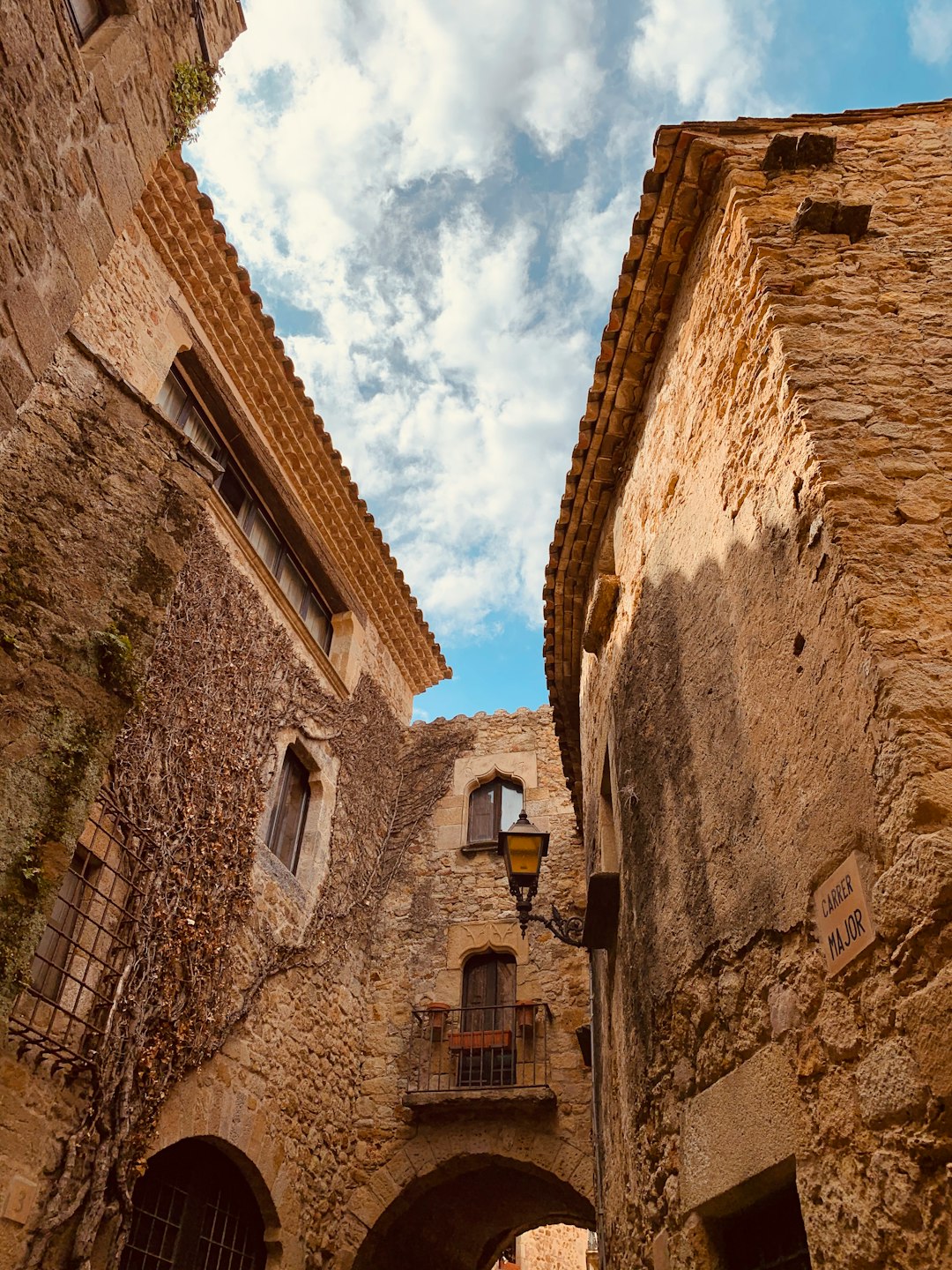Support our educational content for free when you purchase through links on our site. Learn more
[2023] A Comprehensive Guide to Counting from 1 to 20 in Spanish
¡Hola amigos! Welcome to Spanish Scholar™, where we make learning Spanish fun and engaging. In this comprehensive guide, we will take you through the journey of counting from 1 to 20 in Spanish. Whether you're a beginner or looking to brush up on your skills, we've got you covered. So, let's dive right in and master Spanish numbers together!
Table of Contents
- Quick Answer
- Quick Tips and Facts
- A Guide to Counting from 1 to 20 in Spanish
- Spanish Numbers 1-10
- Spanish Numbers 11-20
- Tired of Reading and Ready to Jump In?
- FAQ
- Conclusion
- Useful Links
- Reference Links
Quick Answer
Counting from 1 to 20 in Spanish is a fundamental skill to have when learning the language. By memorizing the numbers and understanding their pronunciation, you'll be able to communicate and understand basic numerical concepts in Spanish. So, let's get started!
Quick Tips and Facts
- Spanish numbers are based on the decimal system, just like in English.
- The numbers from 1 to 15 have unique names, while the numbers from 16 to 19 are formed by combining the words for ten and the numbers 6 to 9.
- The numbers 11 and 12 have their own unique names, while the numbers 13 to 15 follow a pattern similar to the numbers 16 to 19.
A Guide to Counting from 1 to 20 in Spanish
In this section, we'll guide you through counting from 1 to 20 in Spanish. We'll cover the pronunciation, spelling, and any unique features of each number. So, grab a pen and paper, and let's get started!
Spanish Numbers 1-10
Let's start with the basics. Here are the numbers from 1 to 10 in Spanish:
| Number | Spanish | Pronunciation |
|---|---|---|
| 1 | uno | oo-no |
| 2 | dos | dohs |
| 3 | tres | tres |
| 4 | cuatro | kwah-troh |
| 5 | cinco | seen-koh |
| 6 | seis | seh-ees |
| 7 | siete | see-eh-teh |
| 8 | ocho | oh-choh |
| 9 | nueve | nweh-veh |
| 10 | diez | dee-eth |
Quick tip: Notice that the numbers 6 to 10 have a unique pronunciation. Pay attention to the "s" sound in "seis" and the "z" sound in "diez."
Spanish Numbers 11-20
Now, let's move on to the numbers from 11 to 20 in Spanish. These numbers follow a pattern where the word for ten ("diez") is combined with the numbers 1 to 9.
| Number | Spanish | Pronunciation |
|---|---|---|
| 11 | once | ohn-seh |
| 12 | doce | doh-seh |
| 13 | trece | treh-seh |
| 14 | catorce | kah-tor-seh |
| 15 | quince | keen-seh |
| 16 | dieciséis | dee-eh-see-sees |
| 17 | diecisiete | dee-eh-see-see-eh-teh |
| 18 | dieciocho | dee-eh-see-oh-choh |
| 19 | diecinueve | dee-eh-see-new-eh-veh |
| 20 | veinte | veh-een-teh |
Quick tip: Notice that the numbers 16 to 19 are formed by combining the word for ten ("diez") with the numbers 6 to 9. The numbers 11 and 12 have their own unique names.
Tired of Reading and Ready to Jump In?
If you're tired of reading and ready to practice counting from 1 to 20 in Spanish, we've got you covered! Check out our interactive lessons and quizzes on Spanish numbers at Spanish Scholar™. ¡Vamos!
FAQ
Q: Can I use these numbers to count higher than 20 in Spanish?
A: Absolutely! Once you've mastered the numbers from 1 to 20, you can easily count higher in Spanish. The pattern of combining the word for ten with the numbers 1 to 9 continues, allowing you to count all the way up to 100 and beyond.
Q: Are there any exceptions or irregularities in Spanish numbers?
A: While the numbers from 1 to 20 follow a consistent pattern, there are a few irregularities in Spanish numbers. For example, the numbers 21, 31, 41, etc., are formed by combining the word for twenty ("veinte") with the numbers 1 to 9. Additionally, the numbers 100, 200, 300, etc., have their own unique names.
Q: How can I practice and reinforce my knowledge of Spanish numbers?
A: Practice makes perfect! Here are some tips to reinforce your knowledge of Spanish numbers:
- Use flashcards to memorize the numbers and their pronunciation.
- Practice counting out loud in Spanish.
- Listen to Spanish songs or watch Spanish movies with subtitles to hear the numbers being used in context.
- Engage in conversations with native Spanish speakers and ask them to help you practice counting.
Q: Are there any regional variations in the pronunciation of Spanish numbers?
A: Yes, there are regional variations in the pronunciation of Spanish numbers. The pronunciation we've provided is a general guideline, but you may hear slight variations depending on the country or region you're in. It's always a good idea to listen to native speakers and adapt your pronunciation accordingly.
Q: Can you recommend any resources for learning Spanish numbers?
A: Absolutely! Here are some resources that can help you further improve your Spanish number skills:
- Spanish Numbers Practice Book – This practice book provides exercises and activities to reinforce your knowledge of Spanish numbers.
- Spanish Number Flashcards – Flashcards are a great tool for memorizing and practicing Spanish numbers.
- Spanish Number Songs – Music is a fun and effective way to learn and remember Spanish numbers. Check out some catchy number songs!
Conclusion
Congratulations! You have successfully learned how to count from 1 to 20 in Spanish. By mastering these numbers, you've taken a significant step towards becoming fluent in the language. Keep practicing, and soon you'll be able to count higher and have meaningful conversations in Spanish. ¡Buena suerte!
Useful Links
- Shop Spanish Learning Resources on Amazon
- Discover Busuu – Language Learning Platform
- Spanish Scholar™ – Learn Spanish Language Online





